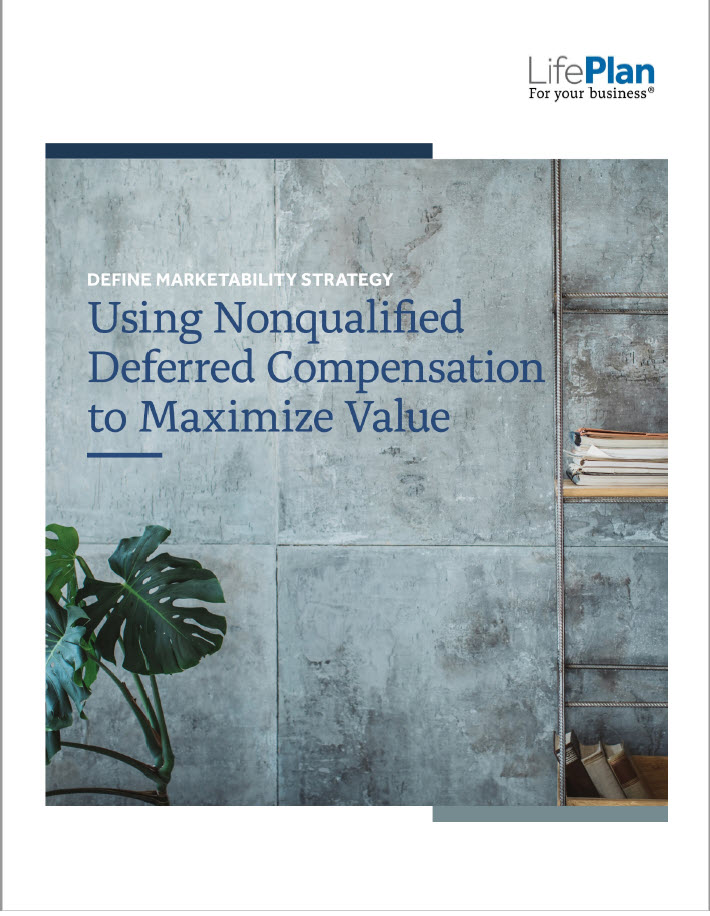Life Plan Strategies for Your Business was created to provide access to additional tools and resources for business owners. The strategies encompass six steps that focus on the client's short-term and long-term goals by carefully examining what is important to the client personally and to his or her business. Each of the steps listed below include the various tools and resources to help create a business plan for each individual situation.
Step 1: Project Your Goals
Step one of the Life Plan Strategies for Your Business is to understand and project your goals. The tools available will help initiate the conversation around business exit and succession planning as well as begin the information gathering process. A sample of the Life Plan Strategies Inventory is shown below.

Life Plan Strategies Inventory
Step 2: Needs Analysis
The Needs Analysis step in Life Plan Strategies for Your Business will focus on aligning your retirement, business, and life goals. A sample Conversion of Value is shown below.

Conversion of Value Sample Analysis
Step 3: Value Your Business
The Value Your Business step in Life Plan Strategies for Your Business consists of a three-level strategy that incorporates different levels of analysis. A valuation is critical to properly prepare for the business exit or succession process. A sample Estimation of Value is shown below.

Estimation of Value
Step 4: Define Marketability Strategy
The Define Marketability Strategy step in Life Plan Strategies for Your Business provides concepts and resources to help create a more marketable business. The focus is on strategies tying key employees to the business. Furthermore, we have a relationship with a mergers and acquisition advisor that will help when selling a business to a third party. A sample of the deferred compensation piece is shown below.

Using Nonqualified Deferred Compensation to Maximize Value
Step 5: Design Optimal Solutions
The Design Optimal Solutions step in Life Plan Strategies for Your Business can help provide different business exit options to help you decide what is best for your unique situation. A sample of the Selling to Co-Owners concept piece is shown below.

Selling to Co-Owners
Step 6: Implement and Monitor Plan
The Implement and Monitor Plan step in Life Plan Strategies for Your Business provides a tool that can be used to review and track the progress of a business plan. This tool will help everyone remain on track and working toward a common goal. A sample Client Timeline is shown below.
